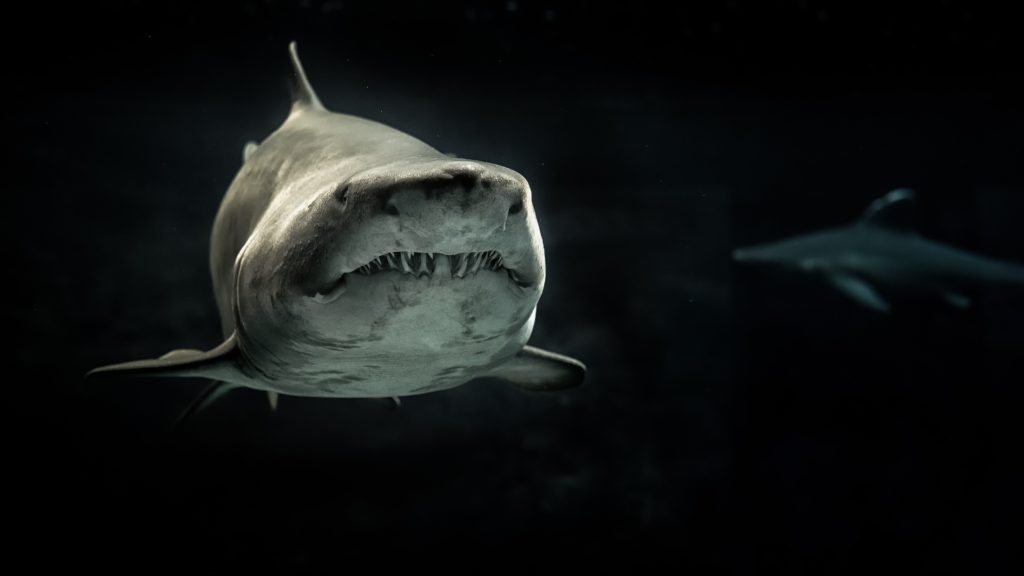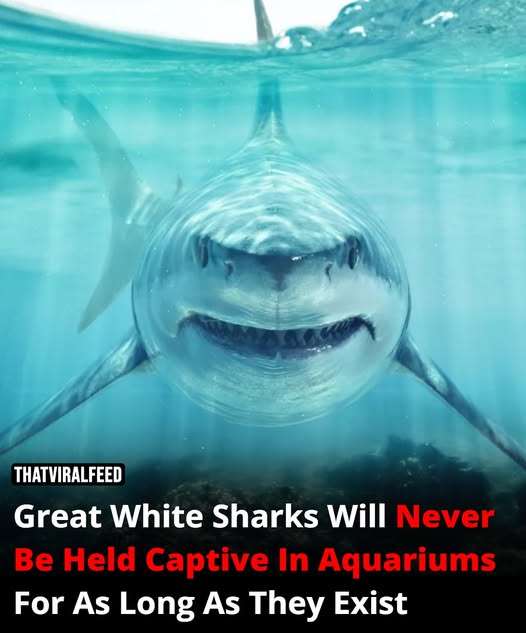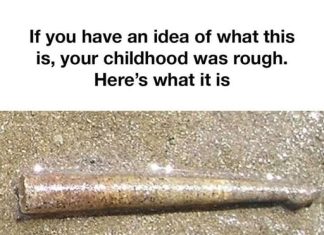Great white sharks, renowned as formidable ocean predators, have consistently eluded captivity in aquariums worldwide. Despite numerous attempts since the 1950s, these majestic creatures have demonstrated an inability to thrive in confined environments. This article delves into the multifaceted reasons behind the challenges of housing great white sharks in captivity.
Early Attempts and Notable Failures
The inaugural endeavor to keep a great white shark in captivity occurred in 1955 at Marineland of the Pacific in Los Angeles. Regrettably, the shark survived less than a day. Subsequent efforts mirrored this outcome, with sharks either perishing shortly after capture or necessitating release due to declining health. A significant attempt was made by the Monterey Bay Aquarium in California, which managed to keep a juvenile great white shark for 198 days in 2004. Despite this relative success, the program was discontinued in 2011 due to the substantial resources required and concerns over the sharks’ well-being.
Reasons for Captivity Challenges
Size and Space Requirements
Great white sharks are among the largest predatory fish, with adults reaching lengths of up to 20 feet and weighing over 4,500 pounds. Their substantial size necessitates vast spaces to swim freely. Providing an enclosure that mirrors their natural habitat is logistically and financially impractical for most aquariums. For instance, the Monterey Bay Aquarium’s specialized tank held 1 million gallons of water and was 35 feet deep, yet it still fell short of meeting the needs of an adult great white.

Dietary Needs
As apex predators, great white sharks have a diverse diet that includes fish, seals, and other marine mammals. Replicating this diet in captivity poses significant challenges. Moreover, captive sharks often exhibit a refusal to eat, leading to malnutrition and health deterioration. The ethical implications of feeding live mammals to captive sharks further complicate this issue. In the wild, great white sharks are nomadic, traversing vast oceanic expanses in search of prey and suitable breeding grounds. Confinement to a tank restricts their natural migratory instincts, leading to stress and abnormal behaviors such as repetitive swimming patterns and self-injury. Instances have been documented where captive great whites repeatedly collided with tank walls, resulting in physical harm.
Respiratory Requirements
Great white sharks rely on a method called ram ventilation, necessitating constant forward movement to facilitate water flow over their gills for oxygen extraction. The confined space of an aquarium limits their ability to swim continuously, impeding their respiratory process and causing significant stress.
Stress and Well-being
Captivity-induced stress is a critical factor contributing to the high mortality rates of great white sharks in aquariums. The artificial environment, coupled with limited space and inability to perform natural behaviors, leads to heightened aggression, loss of appetite, and weakened immune responses. Observations have noted that captive great whites often exhibit signs of depression and increased aggression.
Ethical and Conservation Considerations
The repeated failures to maintain great white sharks in captivity have sparked ethical debates within the marine biology and conservation communities. The potential educational benefits of displaying these creatures are overshadowed by the significant risks to their health and well-being. As apex predators, great whites play a pivotal role in maintaining oceanic ecosystems. Conservation efforts are increasingly focusing on protecting their natural habitats and mitigating threats such as overfishing and climate change, rather than attempting to house them in artificial environments.

Conclusion
The inherent biological and behavioral characteristics of great white sharks render them unsuitable for captivity. Challenges related to their size, dietary needs, migratory nature, respiratory requirements, and stress responses underscore the complexities of replicating their natural habitat within an aquarium setting. Future conservation initiatives are best directed towards preserving their natural environments and ensuring the health of marine ecosystems, allowing these majestic predators to thrive in the wild.

















